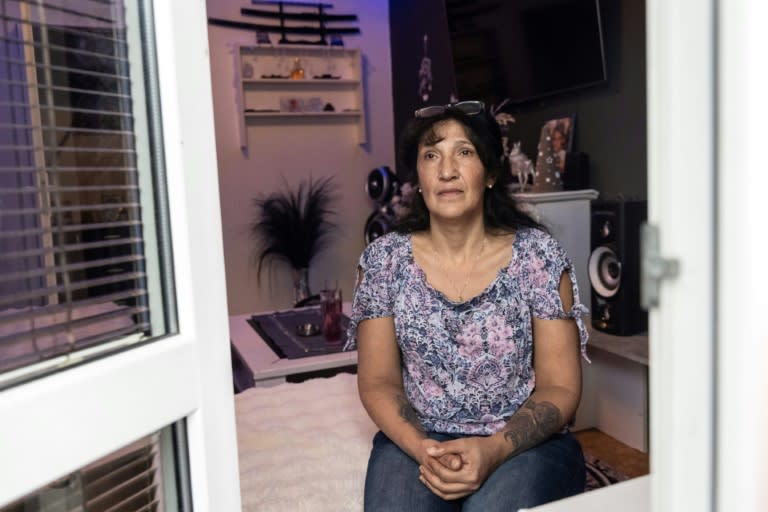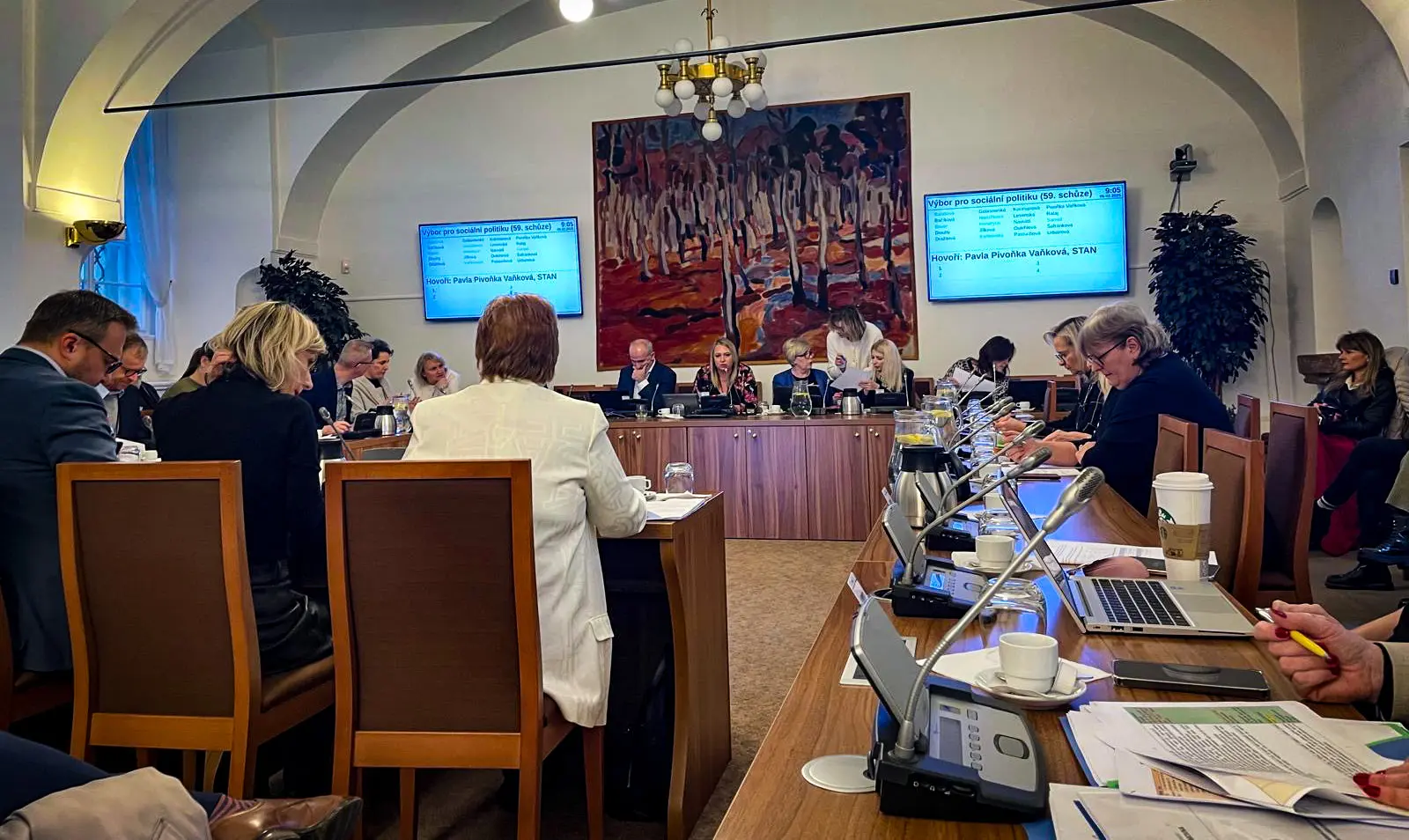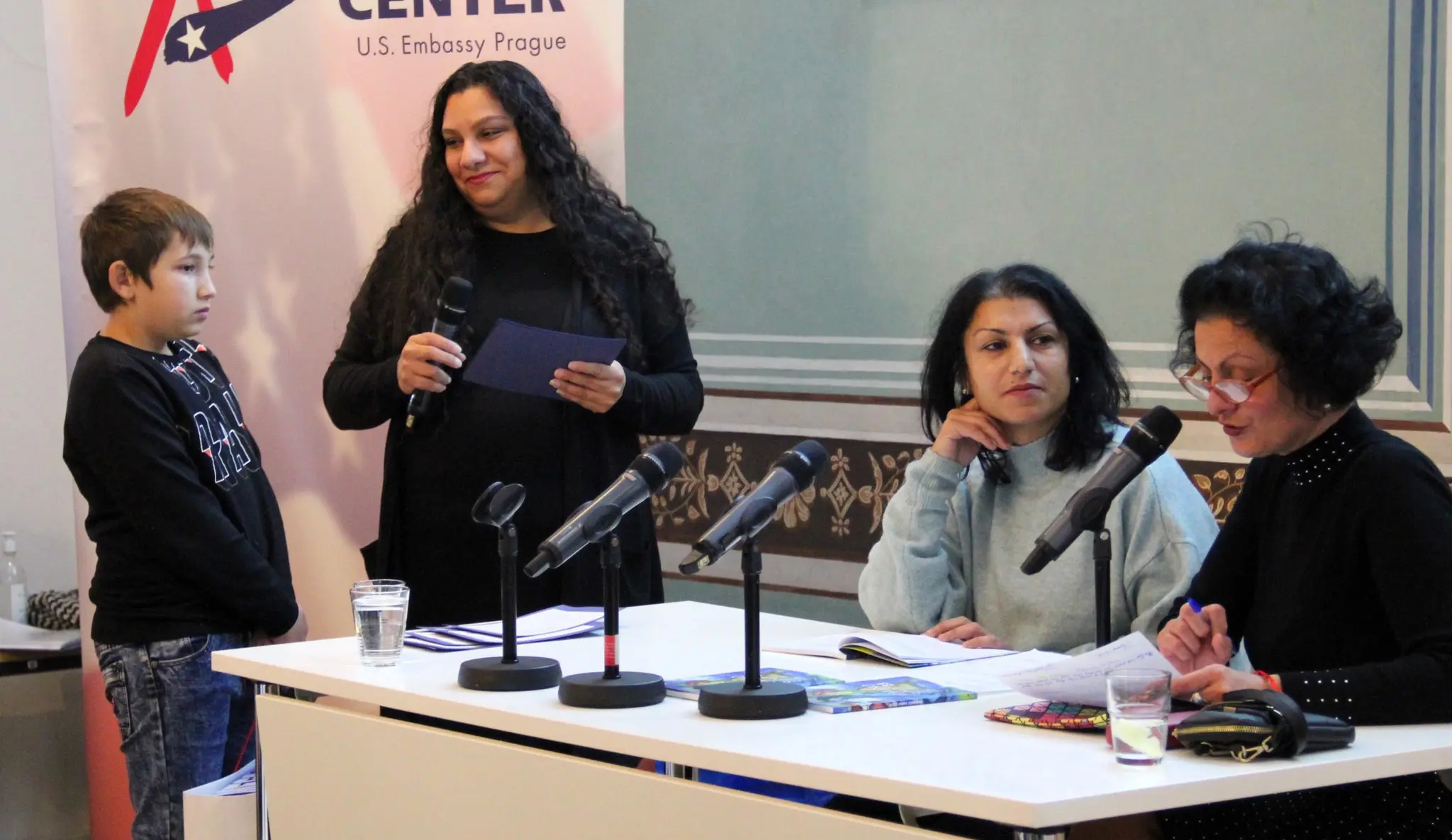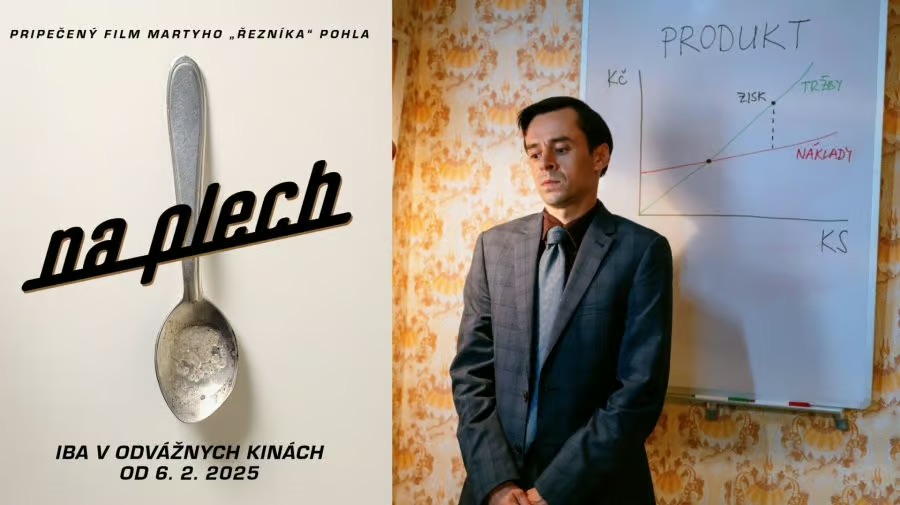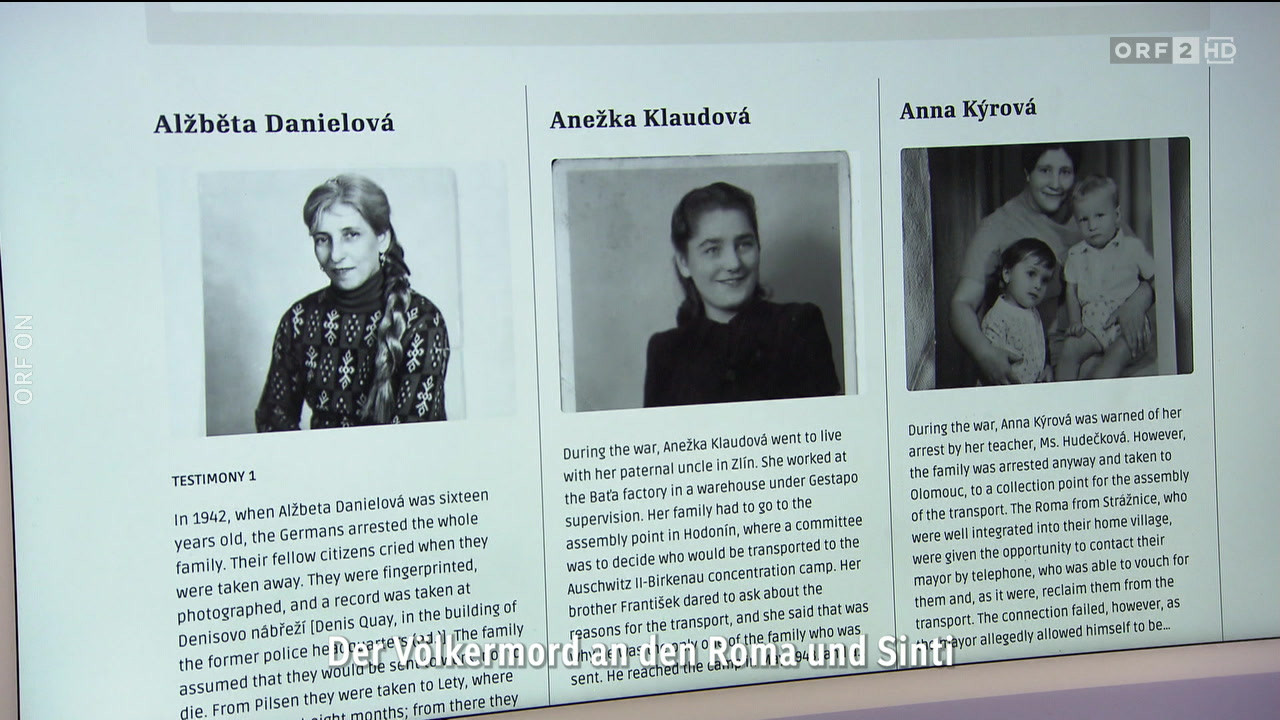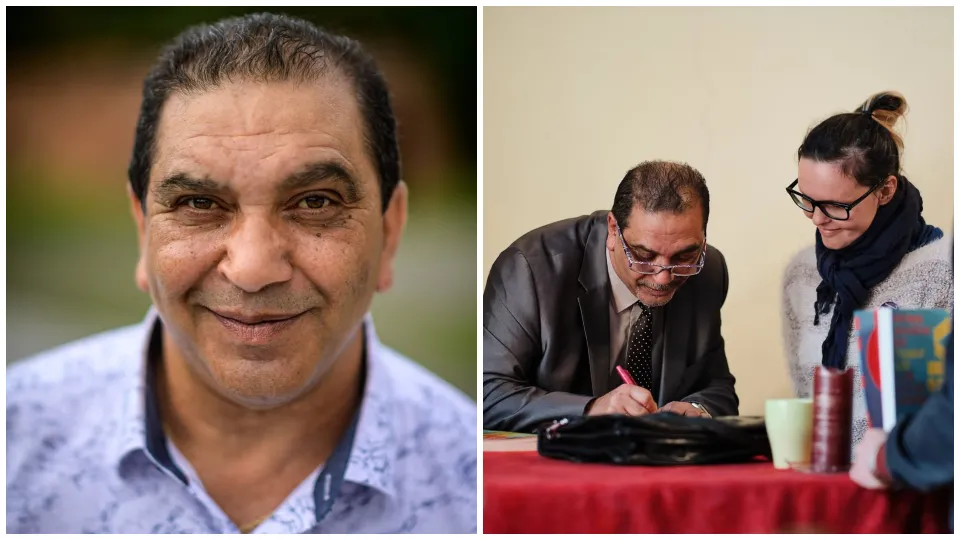The research group “RACE in Europe Project”, a collaboration of several organisations which are involved in the fight against organised crime and trafficking, has presented a report on human trafficking in Europe for the purpose of criminal activities. The authors come to the conclusion that there is a serious lack of reliable information on the phenomenon. In spite of this acknowledged lack of reliable data, they arrive at very clear results: in many of the examined cases, the victims of trafficking for the purpose of criminal activities were identified by authorities as being perpetrators rather than as victims. Roma children are particularly often cited in this context. It is claimed that in the UK, the Netherlands, the Czech Republic, but also in other European countries, Roma children are particularly affected by criminal networks: “The majority of persons trafficked to the UK for petty crimes, such as pick-pocketing and the sale of counterfeit goods, as well as for forced begging are from Central and Eastern Europe. Most are of Roma origin, and a high proportion are children. A host of socio-economic factors, such as high levels of poverty and discrimination in their countries of origin make Roma groups particularly vulnerable to trafficking. […] The RACE Project research identified that those who are most commonly trafficked for forced criminality and begging come from South-East Europe (many of them of Roma origin) and from South-East Asia (Vietnam and China)” (RACE in Europe Project 2014: 5, 11). As a reason for the high rate of Rroma among victims of human trafficking, the authors of the study name the increased vulnerability of the minority, which results from their discrimination and the consequential poor access to education, the labour market and public institutions. In addition, it is stated that extortionate loan sharks particularly affect members of the minority: “Debt bondage is cited as a major driver of trafficking. While some Roma communities will rely on neighbours (both Roma and non-Roma) for support, ‘their survival strategies are often for them to resort to informal money lenders (known as ‘kamatari’, essentially loan sharks), who charge exorbitant interest rates and use repressive measures to ensure payment’. These measures can include forcing them to undertake criminal acts such as begging or pick-pocketing, or to traffic their own children for the same purpose, in order to clear debts they may have accumulated” (RACE in Europe Project 2014: 13).
The characteristics of trans-nationally operating trafficker networks, as presented here, are questioned by research in social sciences. While their existence is not denied, their manifestation, number, omnipotence, and the motivations attributed to them have to be questioned. Ideological fallacies connected or even equated with ethnic groups such as the Rroma are often the source of those myths. Furthermore, connecting child trafficking to Rroma has to be critically examined. The stereotype of Rroma as child traffickers dates back to their arrival in Western Europe, and is in part based on the racist notion that Rroma actively recruit young people for their criminal gangs. Regarding the de facto trafficking of children, social science studies convey a more complex notion of this subject and point out that crimes such as incitement to beg and steal or alleged child trafficking are often permeated by various morals in the analysis and assessment by authorities, who don’t appropriately consider the perspectives and motivations of those affected, and instead force on them their own ideas of organised begging, criminal networks, or of child trafficking. Structural differences of the involved societies and the resulting reasons for a migration are given too little consideration. In reality, behind begging children there are simply often only impoverished families, in which the children contribute to the family income and who therefore do not correspond to bourgeois notions of a normal family and childhood. Furthermore, the incomes from begging are very modest, which makes it unattractive for actual organised crime (see Cree/Clapton/Smith 2012, O’Connell Davidson 2011, Oude Breuil 2008, Tabin et al 2012).
- RACE in Europe Project (2014) Trafficking for Forced Criminal Activities and Begging in Europe. Exploratory Study and Good Practice Examples. Anti-Slavery online vom 30.9.2014. http://www.antislavery.org/includes/documents/cm_docs/2014/r/race_europe_report.pdf
- Cree, Viviene E./Clapton, Gary/Smith, Mark (2012) The Presentation of Child Trafficking in the UK: An Old and New Moral Panic? In: Br J Soc Work 44(2): 418-433.
- O’Connell Davidson, Julia (2011) Moving children? Child trafficking, child migration, and child rights. In: Critical Social Policy 31(3):454-477.
- Oude Breuil, Brenda Carina (2008) Precious children in a heartless world? The complexities of child trafficking in Marseille. In: Child Soc 22(3):223-234.
- Tabin, Jean Pierre et al. (2012) Rapport sur la mendicité « rrom » avec ou sans enfant(s). Université de Lausanne.

